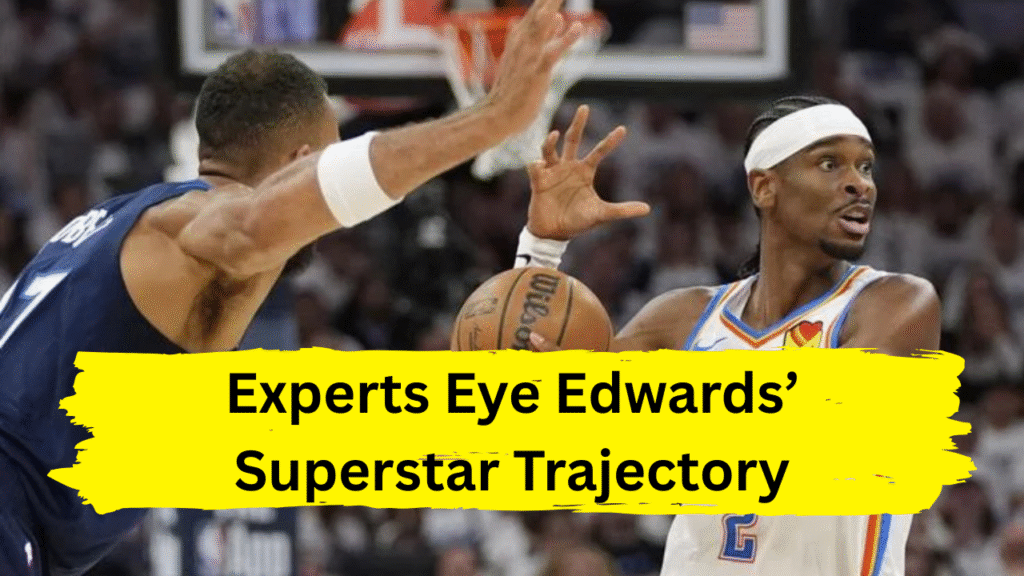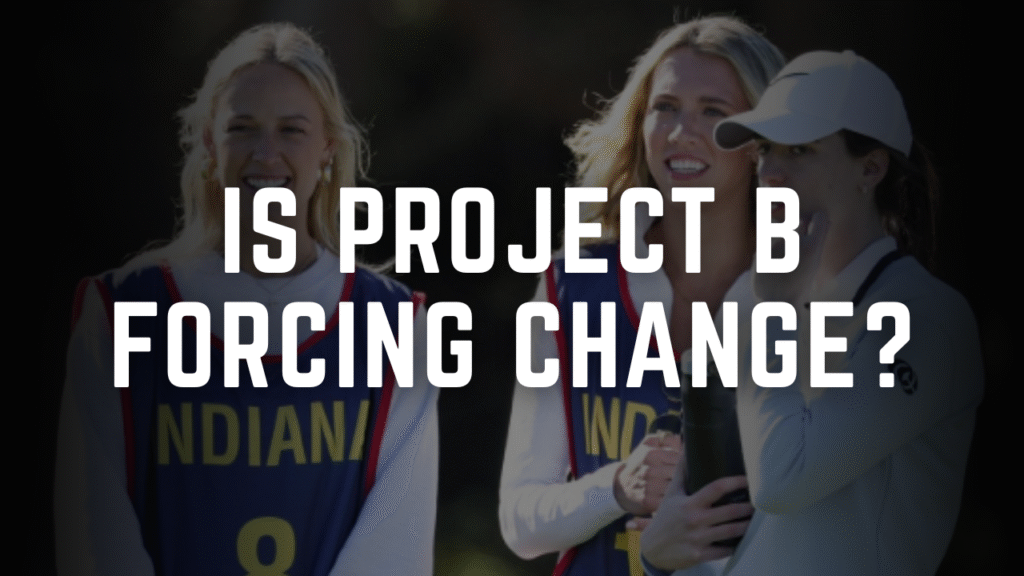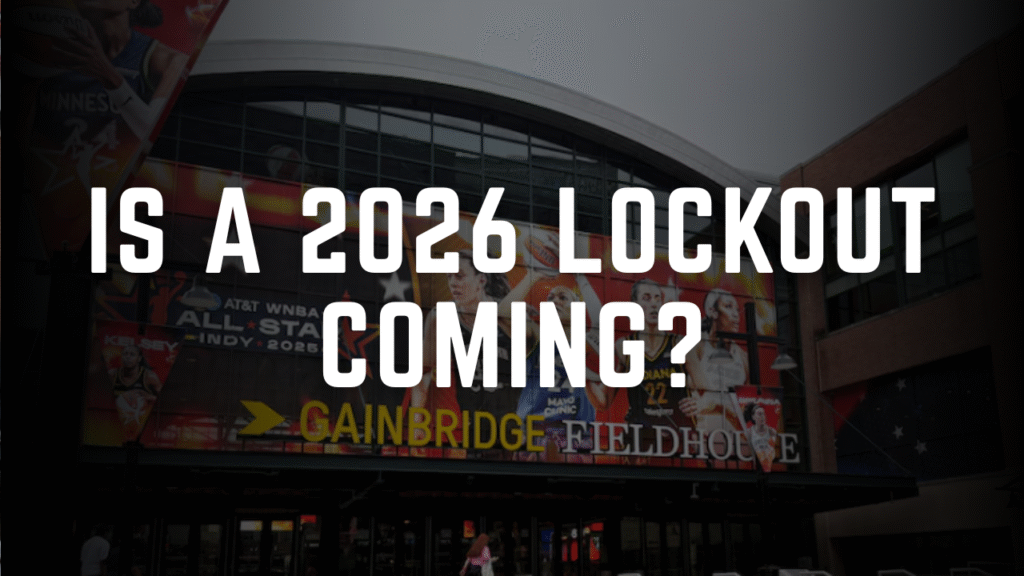Anthony Edwards has never been one to shy away from the spotlight. But after his electrifying Game 3 performance in the 2025 Western Conference Finals—where he dropped 30 points in three quarters to dismantle the Oklahoma City Thunder’s top-ranked defense—the Minnesota Timberwolves’ phenom isn’t just stepping into the spotlight. He’s redefining it. As analysts and legends alike dissect his meteoric rise, one question looms: What’s next for the 23-year-old poised to become the NBA’s next transcendent superstar?
The Evolution of a Clutch Performer
Edwards’ Game 3 explosion wasn’t an anomaly—it was the culmination of a season-long evolution. Once criticized for his “hero-ball” tendencies, Edwards has transformed into a calculated closer. His ability to balance scoring and playmaking in high-pressure moments has become his trademark. In the playoffs alone, he’s shooting 44.4% on closely contested three-pointers, a staggering figure compared to the league average of 25% . This growth stems from studying legends like Michael Jordan and Kobe Bryant, whose late-game poise he now emulates. As Edwards himself admitted, “My first couple of times in the playoffs, I always just wanted to win the game myself. Now I know it’s about making the right play” .
His maturation was on full display during the Wolves’ second-round series against the Golden State Warriors. Trailing by six in the fourth quarter of Game 3, Edwards drained a step-back three over a smothering defense to ignite a comeback, later feeding Julius Randle for a critical assist to seal the win . These moments reflect a player who’s learned to trust his teammates while retaining his killer instinct—a balance even LeBron James praised, noting Edwards’ ability to “split double teams and make creative plays” under duress .
Leadership Beyond the Box Score
Edwards’ impact extends beyond statistics. After a lackluster first half in Game 4 against the Warriors, he rallied his team in the locker room, declaring, “We’re playing like we already got four wins. We have to figure it out.” The Wolves responded with a 39-17 third-quarter rout, the largest margin in franchise postseason history . This vocal leadership, rare for a player his age, has cemented his role as Minnesota’s emotional engine. Veterans like Mike Conley and Rudy Gobert have lauded his ability to elevate the team’s intensity, with Conley marveling, “He’s the conductor of our orchestra” .
Even opponents recognize his gravitational pull. Following the Lakers’ first-round elimination, LeBron James highlighted Edwards’ unselfishness, noting how his playmaking “fuels the Wolves’ improbable turnaround” from a team plagued by clutch-time collapses to one that’s outscored opponents 45-16 in critical minutes this postseason .
The Superstar Blueprint: Refining the Edges
For all his brilliance, Edwards’ path to superstardom hinges on refining nuances. While his scoring and playmaking have soared, turnovers and occasional defensive lapses remain areas for growth. Analysts point to his improved catch-and-shoot efficiency—a skill he honed under Kevin Durant’s mentorship during the 2024 Olympics—as a key factor in diversifying his offensive arsenal . Defensively, his athleticism and instincts suggest All-NBA potential, but consistency against elite wings like Shai Gilgeous-Alexander will define his two-way ceiling.
Off the court, Edwards’ charisma and marketability are already reshaping his brand. As the face of Adidas’ “Obey Your Thirst” campaign and owner of the league’s hottest sneakers (the Adidas AE 1s), he’s poised to rival Ja Morant and Luka Dončić in global appeal . Yet Edwards remains grounded, crediting his late mother and grandmother—whose deaths in 2015 shaped his resilience—for his relentless drive. “I play with joy because that’s how they raised me,” he told Andscape .
The Road Ahead: Championships and Legacy
The Timberwolves’ current playoff run offers a glimpse into Edwards’ future. A conference finals berth—and potential Finals appearance—would solidify his status as a franchise cornerstone. But long-term success depends on Minnesota’s ability to build around him. With veterans like Randle and Gobert aging, the front office must prioritize acquiring shooters and versatile defenders to maximize Edwards’ prime.
Experts predict Edwards’ prime could mirror Dwyane Wade’s ascent: a blend of scoring titles, All-NBA honors, and championship contention. His goal? “To be the best player in the league in two or three years,” a timeline he’s aggressively chasing . Achieving this requires sustained dominance, but Edwards’ work ethic suggests inevitability. As trainer Chris Hines noted, “He’s the kid you tell not to eat chocolate, and he’s got it on his face. But he learns fast” .
Conclusion: The Dawn of a New Era
Anthony Edwards isn’t just the future of the NBA—he’s its present. His Game 3 masterclass against OKC was a declaration: superstardom isn’t a destination but a journey, forged through clutch shots, leadership, and an unyielding will to evolve. As the Wolves chase their first title, Edwards’ blend of Jordan-esque swagger and modern versatility positions him to redefine what it means to be a superstar in this era.
The league has been warned: Ant-Man isn’t just here to play. He’s here to conquer. And if his trajectory holds, the next decade will belong to him.


